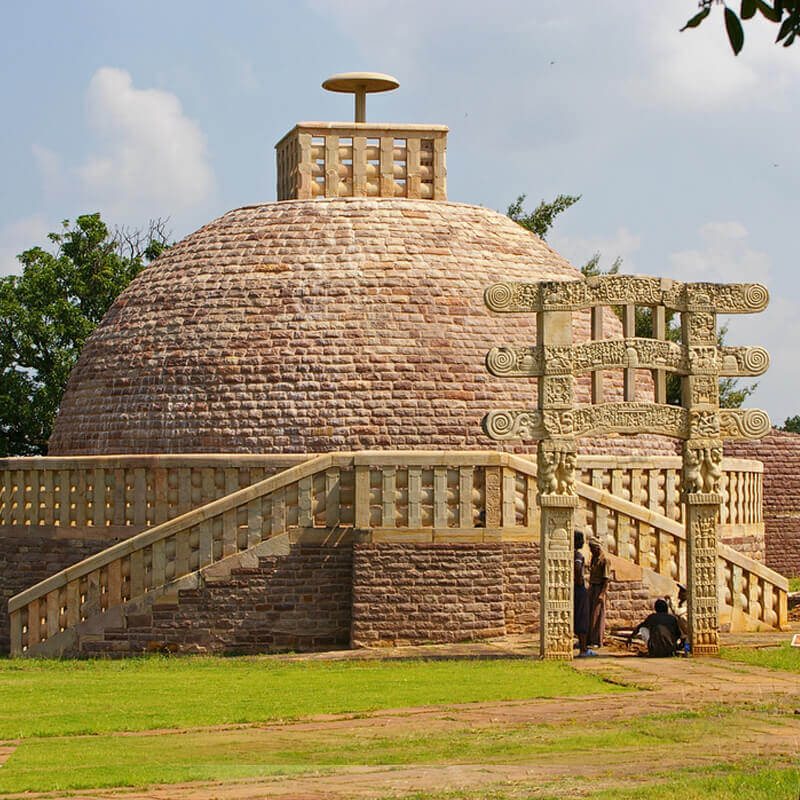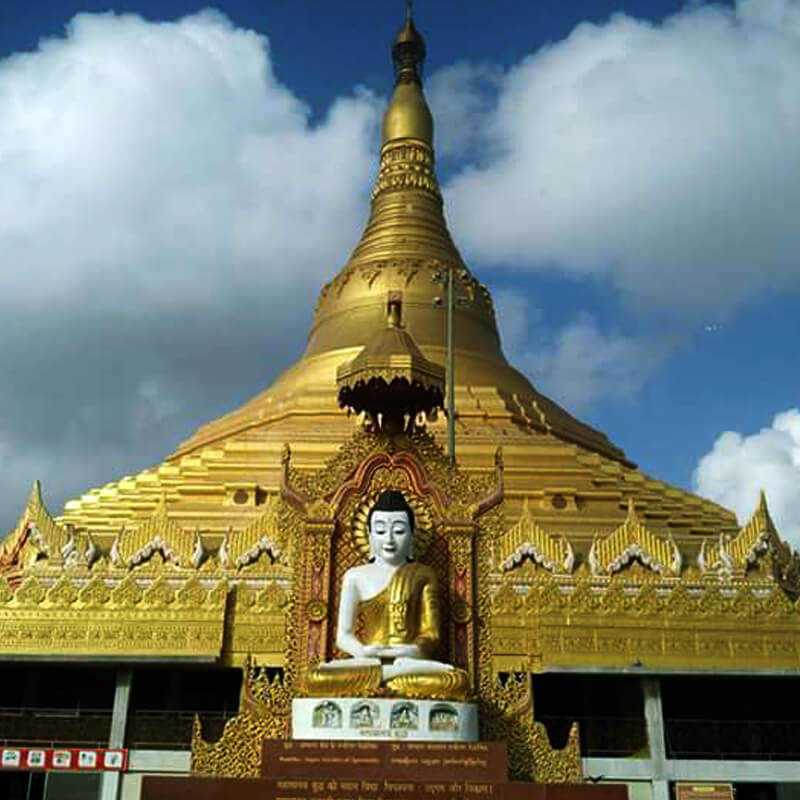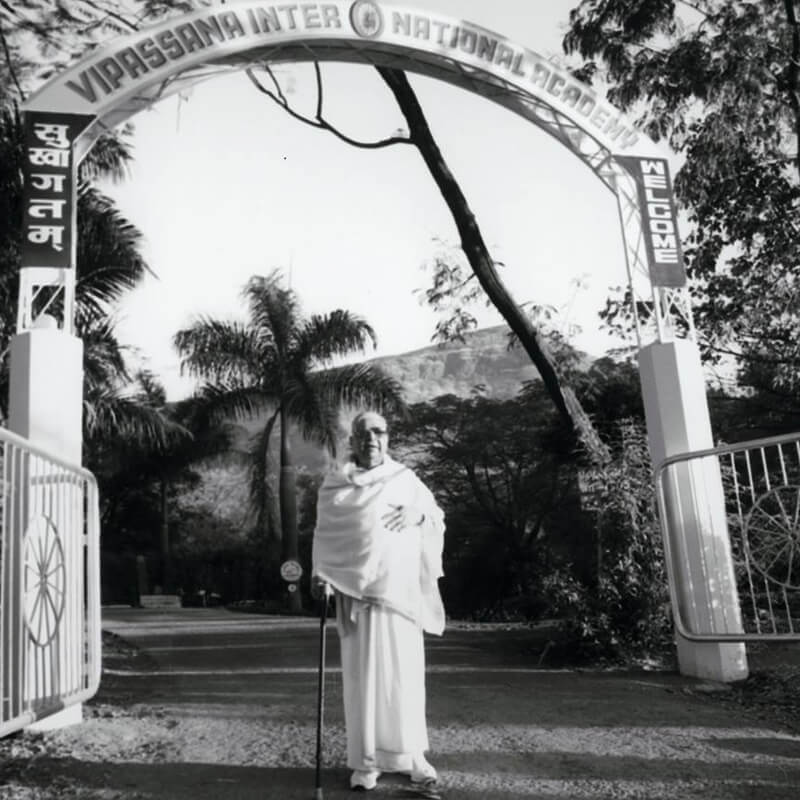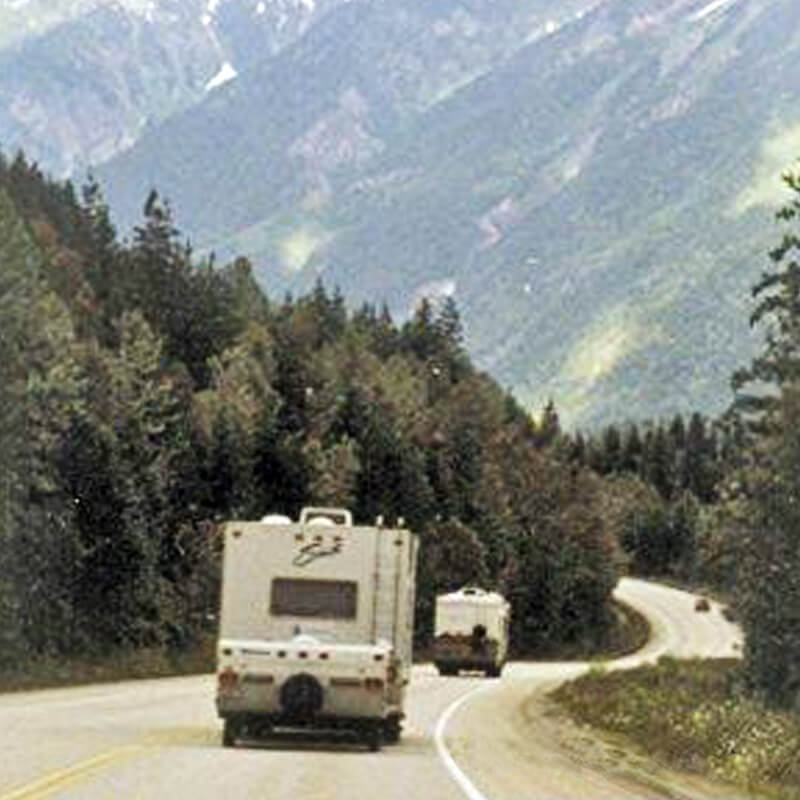The Spread of Dhamma outside India: From Scattered Seeds to Fruits
-By Bill Hart
In June 1969, when Shri S.N. Goenka boarded the aeroplane from Yangon to Calcutta, he thought that he was embarking on a brief trip to help his mother in India, and he expected soon to return to Myanmar. However, his teacher, Sayagyi U Ba Khin, knew the real significance of the journey. "The time clock of Vipassana has struck," he had said; and he told Goenkaji, "You are not going; I am going." Events had thwarted his own hopes of re-establishing the practice of Vipassana in India and spreading it from there around the world; now he saw Goenkaji as doing this work on his behalf.
The signs were not especially encouraging. In India the Buddha was hailed as a spiritual hero but his teachings were regarded with suspicion. What’s more, Dhamma — the universal law of nature — had come to be equated with a religious sect, and instead of uniting people it divided them. As for Goenkaji, he knew only a handful out of the millions who lived in India. There was no particular reason to suppose that he would have much influence there. Still less could success be foreseen in Western countries, where the teaching of the Buddha was viewed as a foreign religion and the technique of Vipassana was virtually unknown. On the other hand, Goenkaji had been trained systematically by Sayagyi.
By personal experience he knew that the Dhamma transcends all barriers and divisions. And by his own experience he knew that Vipassana offers a genuine cure for the ills that everyone encounters in life. That assurance sustained him as he left behind his teacher and the land of the Dhamma. It sustained him again in India as enthusiastic meditators insisted on course after course, delaying his return to Myanmar indefinitely. From Bombay (Mumbai) to Madras (Chennai) to Varanasi to Calcutta and back again, from temple to dharamsala to school to church or mosque, Goenkaji crisscrossed the Indian subcontinent repeatedly. His family had provided a secretary to accompany him; but otherwise there was no organization to support him, no guidelines on setting up or managing courses, no rich endowment to smooth the way. He worked entirely alone but, as he has said, "The Dhamma has a thousand hands." Men and women who had learned Vipassana under his guidance came forward to assist in the work in many different ways.
And so the wheel of Dhamma began turning once again in its homeland, India. It was perhaps inevitable that Westerners would become attracted to Goenkaji’s teaching. In those years many had come to India in search of a spiritual approach to life, something they felt their own cultures had cast aside. These seekers had flocked to different teachers, but with Goenkaji they faced a language problem: in his first years he taught only in Hindi. Of course he spoke English freely, but it was the English of a businessman and he felt it might not be suitable for the teaching of the Dhamma. After resisting for a year, at last in October 1970 he acceded to the many pressing requests and traveled to Dalhousie, a hill station in the Himalayas.
There for the first time he conducted a course, giving instructions and evening talks in English. By this simple step, Goenkaji widened the scope of his Dhamma service to include people around the world who spoke English as a first or second language. For people of differing faiths and cultural backgrounds, his non-sectarian emphasis was uniquely appealing. For people from lands where science was the new religion, his presentation of the Dhamma as a practical, scientific teaching struck home. Goenkaji had developed this approach with Indians in mind; it turned out to work equally well for citizens of other countries East and West. But the impact was not seen at once, except in the steady presence of large numbers of Westerners at Goenkaji’s courses in India.
Not being tied by family or jobs, they followed him from one ‘gypsy camp’ to the next, to meditate or else to help in the running of courses. Later, when land was bought in 1974 for the first Vipassana centre at Igatpuri, a handful of Western students immediately came there to begin the work of meditating on the site and building the future Dhamma Giri. They played a key role in establishing the centre. In those years Goenkaji used to say, "My job is simply to scatter the seeds." He did this through the length and breadth of India, but the wind carried some of the seeds much further afield, even across the oceans.
Westerners who had sat with Goenkaji eventually returned to their own countries. There some of them organized regular weekly sittings of Vipassana meditators and even self courses. They also started publishing the Vipassana Newsletter, which provided continuing information on the Dhamma work of Goenkaji. But the first Western students performed another very important task: they kept urging Goenkaji to travel to their countries and bring the Dhamma to the many people unable to go to India. At first Goenkaji declined their invitations. Before anything else he felt that his job was to establish a firm base for the Dhamma in India; only having done so would he consider teaching in other countries.
Instead, he encouraged other students of Sayagyi to conduct courses in the West. But Goenkaji refused also for a more practical reason. He still held a Myanmar passport, valid for travel only to India. He was unable to receive permission to travel to other countries; and while he could easily become an Indian citizen and thus receive a valid passport, he was reluctant to break still another tie with his homeland. By 1979 ten years had passed since Goenkaji began teaching in India. There were now three centres in that country, and the nucleus of the meditation pagoda had been built at Dhamma Giri.
He decided that the time had come to carry the teaching to other lands. Receiving his Indian passport hours before his scheduled departure, he flew to France to conduct two courses, and then continued to Canada and England. Those first courses galvanized meditators in the West. They saw that the Dhamma could be transmitted as broadly and successfully in their own countries as in India. They discovered that they had the skills and energy to undertake the work of organizing and managing large meditation courses. Most of all, they learned how great was the need, the demand for Vipassana meditation.
People travelled hundreds, even thousands of miles for the chance of receiving the teaching from Goenkaji. Others who had sat with him in India travelled just as far to work on the courses. And naturally, at the conclusion of each course, Goenkaji received more requests to teach Vipassana. In each of the following years he again travelled outside India to teach in Europe, North America, Japan, Australia, New Zealand, Nepal and Sri Lanka. But visits, even once a year, were clearly not enough. Each country needed its own continuing programme of meditation courses and the proper facilities for conducting them.
To meet the burgeoning demands was far beyond the power of any individual. But several developments combined to allow the teaching of Vipassana to spread more widely than ever before. First, in 1980 Goenkaji decided that courses he conducted in the West should be run on the same dana basis as in India. Up to then, course participants had been asked to pay a fixed amount to cover costs of room and board. Now there would be no more charges; all expenses were to be met by the donations of grateful students of past courses. To some it was a move that seemed risky.
The concept of dana was unfamiliar to most people in the West, and the expenses involved were far higher than in India. But old students spontaneously came forward with donations, and a course fund was soon created. Organizers could draw on this for initial expenses, replenishing the fund with donations received at a course’s end. In this way the work was given a firm financial basis in accordance with the highest Dhamma principles. A second development was a systematic effort to record the entire teaching of Goenkaji in a ten-day course. This was not the first time he had been recorded: there were audio tapes of his discourses, chanting and some of his meditation instructions going back to the early 1970s, and in 1979 the first videotapes had been made.
These were all of great value, especially to students of Goenkaji outside India; but no one had tried to record the full teaching day by day, from beginning to end of a course. Now one meditator undertook to do precisely that. It turned out to be an exacting and time-consuming task: so many variables were involved, and so many things could go wrong. In the following years the video camera and audio recording equipment seemed to follow Goenkaji to almost every course. As early as 1982, however, the recording project yielded results: the first complete set of high-quality recordings presenting the teaching of Goenkaji in its entirety. Work then began on preparing translations into most of the major European and Asian languages.
The third development came in late 1981, when Goenkaji appointed the first assistant teachers — meditators who were given the responsibility of conducting courses as his representatives, using the recordings of his teaching. With these developments, outside India it became possible to offer Vipassana courses as taught by Goenkaji throughout the year, not only during the brief times when he himself could visit. In March 1982 the first ten-day course conducted by an assistant teacher took place in Bodh Gaya, India. Within months other assistants began teaching in Europe, North America, Australia and Japan. Very soon each of those parts of the world had a regular programme of Vipassana meditation courses.
Almost at the same time came another milestone: the establishment of the first permanent facilities outside India specifically for the practice of Vipassana meditation as taught by S.N. Goenka. Within weeks of each other, properties were purchased in the northeastern United States and near Sydney, Australia. And so the centres of Dhamma Dhara and Dhamma Bhumi came into being, soon to be followed by many others. Today many of the seeds Goenkaji scattered have sprouted into plants that have come to fruition. In the United States, Britain, France, Germany, Japan, Taiwan, Australia, New Zealand, Sri Lanka, Nepal, Thailand, Cambodia and Myanmar itself, centres operate under Goenkaji’s guidance.
There and in many other locations, Vipassana courses are offered throughout the year — not only the regular ten-day courses but also courses for children and for old students who wish to deepen their practice. Naturally many old students made it a priority to visit India for the purpose of meditating in the presence of Goenkaji at the superb facilities in the older centres there. But for the many more who could not undertake the journey, the Dhamma had come to them.
In 1969 or even 1979, no one could have imagined that the teaching of Vipassana would spread so widely — no one except Sayagyi U Ba Khin. He knew that the clock had struck and could not be turned back. He knew that Goenkaji, though seemingly alone, would be helped by the thousand hands of the Dhamma, and that ways would be found through all difficulties to bring the teaching of liberation to people around the world.






